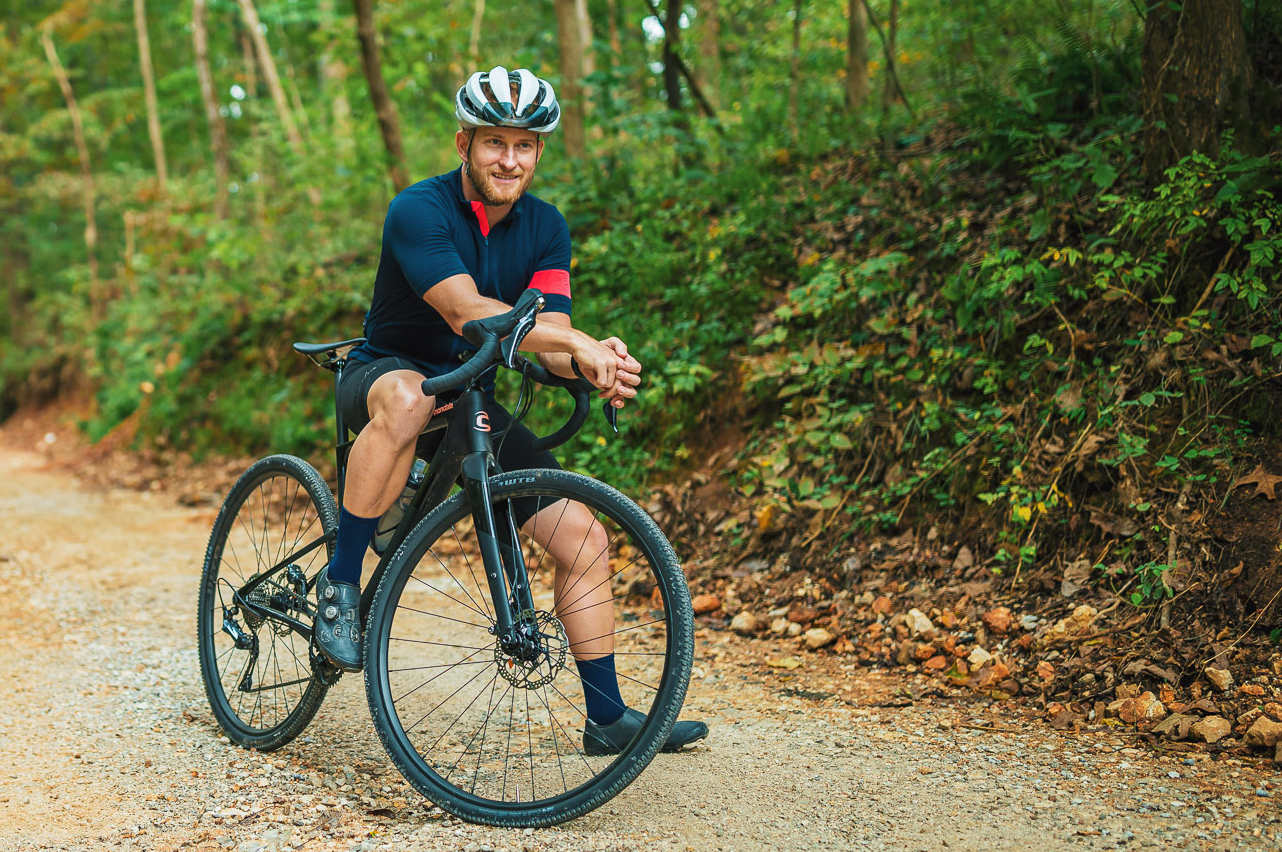“Don’t forget to enjoy the view — this whole thing isn’t a race!” a woman called out as I sped past an aid station.
She was right. There was no need to go full bore for all 60 miles of this race. I kept forgetting that. I’ve done my share of enduro races, but I was having difficulty wrapping my head around the concept of a gravel race with timed segments.
That’s the beauty of Grinduro. You go hard for five to 10 minutes at a time and spend the rest of the day riding with 700 other cyclists at a party pace.
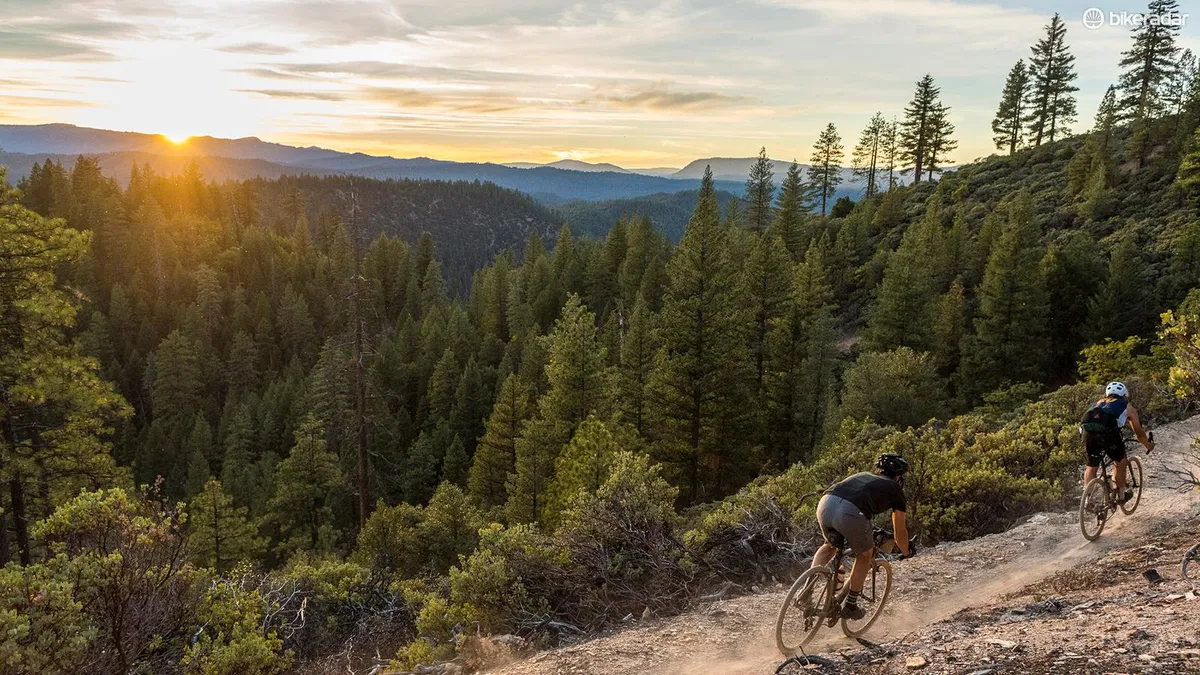
There are four stages along the way. Stage one is a one-mile gravel hill climb, stage two is a six-mile gravel road descent, stage three is six miles of rolling pavement and the fourth and final stage is a three-mile singletrack descent. The unique format and diverse terrain make gear selection critical.
- The horse: a mostly stock Devinci Hatchet Carbon Di2 Ultegra with a few race-specific modifications
- The course: a 60 mile mixed surface route with 7,500ft / 2,300m of climbing and four timed stages
Rise and grind
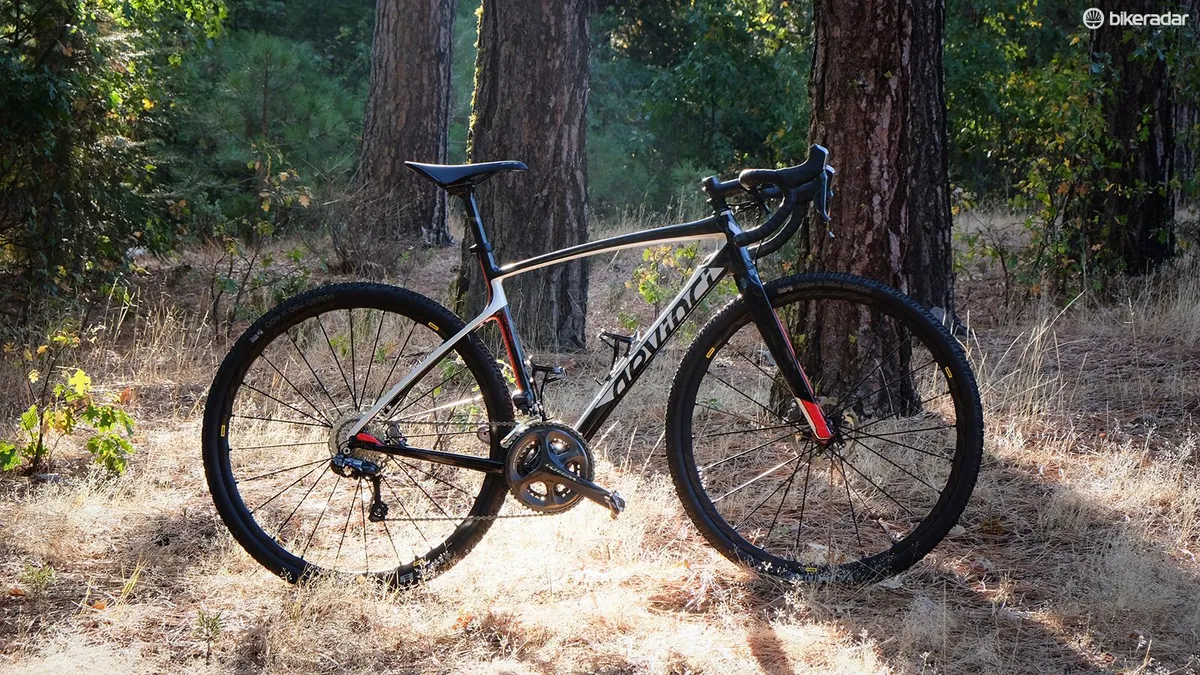
The “Lost Sierra” region of Northern California sits at the northern end of the Sierra Nevadas that form the spine of California and the beginning of the Cascade Range that winds up the Pacific Coast into Canada.
Gold mining and timber extraction brought the first settlers to the area. Logging still plays an important role, but recreation, specifically mountain bike tourism, is bringing a much-need boost to local economies.
That’s part of the mission of the Grinduro. It’s a non-profit event that supports the Sierra Buttes Trail Stewardship, the advocacy organization responsible for building and maintaining the region's network of stunning singletrack.
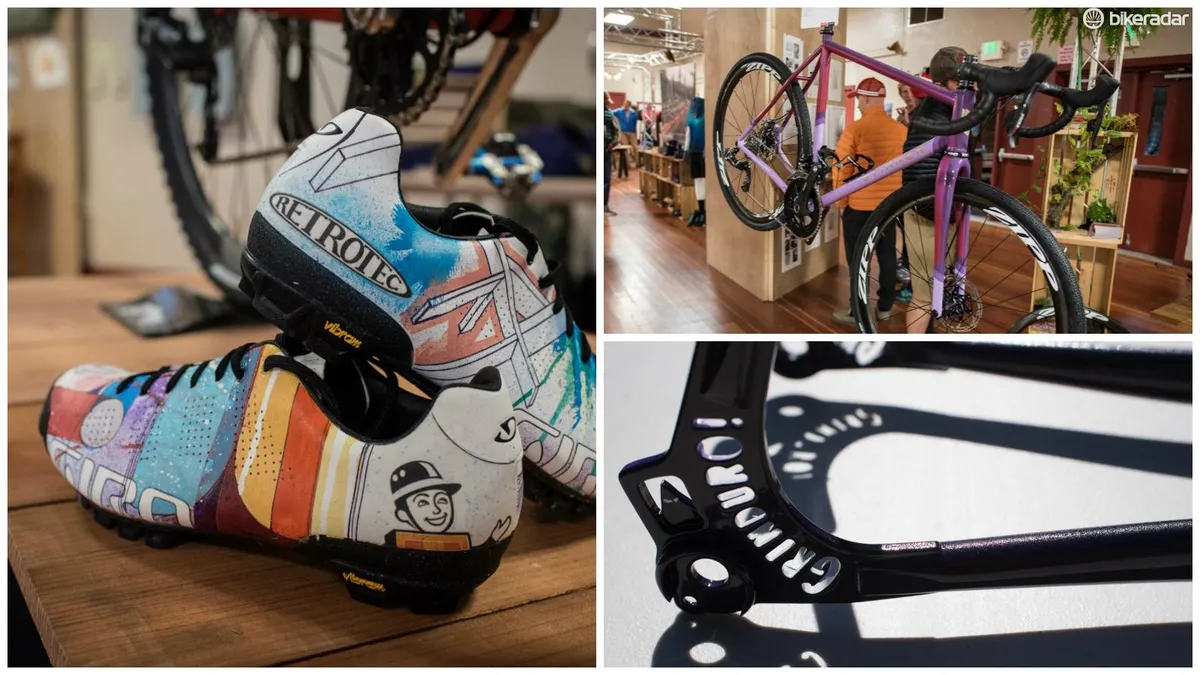
Racing is just part of the Grinduro experience. It’s celebration of cycling, with exhibitions by custom frame builders, live music and no shortage of beer and food.
I arrived in the sleepy logging town of Quincy, California, in advance of the Grinduro to get acquainted with Devinci’s new gravel bike. This Canadian company used the event to showcase the Hatchet Carbon Ultegra Di2. Devinci must have been confident in its durability, considering what we would put it through.
Devinci Hatchet Carbon Ultegra Di2 review
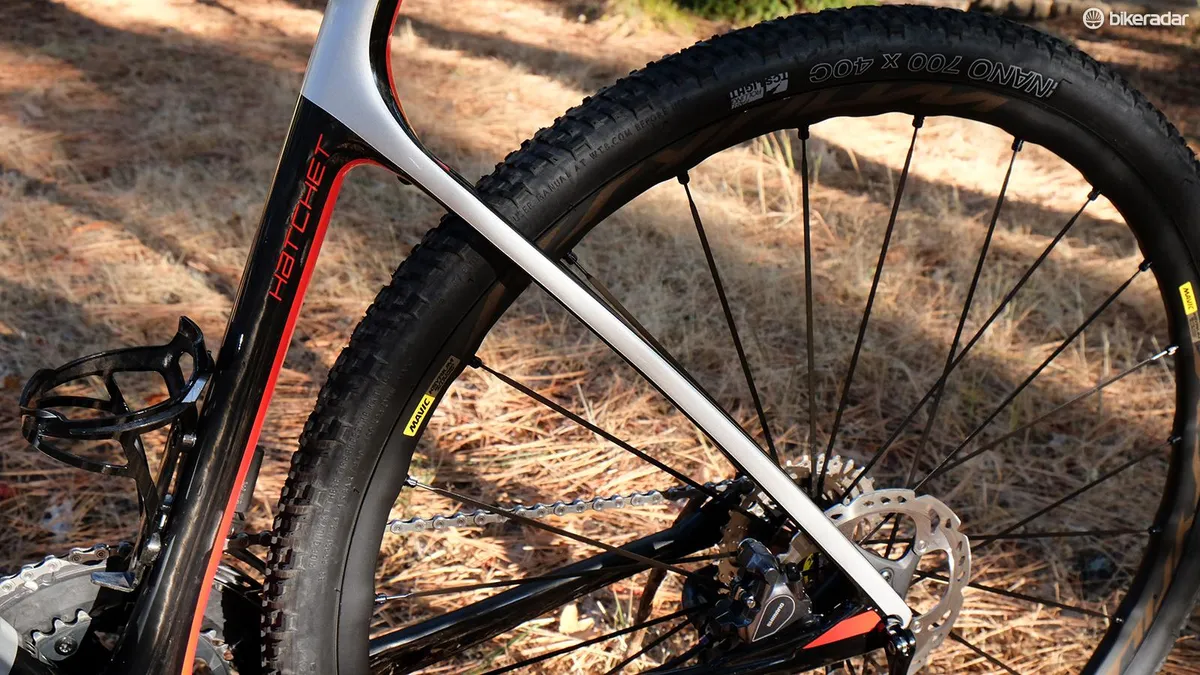
Race modifications
The Hatchet comes stock with the 700x40 Maxxis Re-Fuse, which is essentially a high-volume slick tire. It's a good option for most mixed-surface applications, but we needed something with more bite for the loose gravel and singletrack we were riding.
The stock tires were swapped for WTB’s 700x40 Nano. This tubeless-compatible tire really impressed me with its grip and durability. I ran 38psi in the rear and 35psi in front. This is slightly higher than what I would have preferred to run, but given the abundance of sharp rocks on the gravel singletrack stages, I opted to play it safe.

I also made some minor fit adjustments for Grinduro that paid massive dividends by the end of the day. I raised the handlebar by about 1cm, lowered the hoods and shortened the reach so that the position was optimized for riding in the drops. This gave me more braking control when descending and greatly minimized hand fatigue.
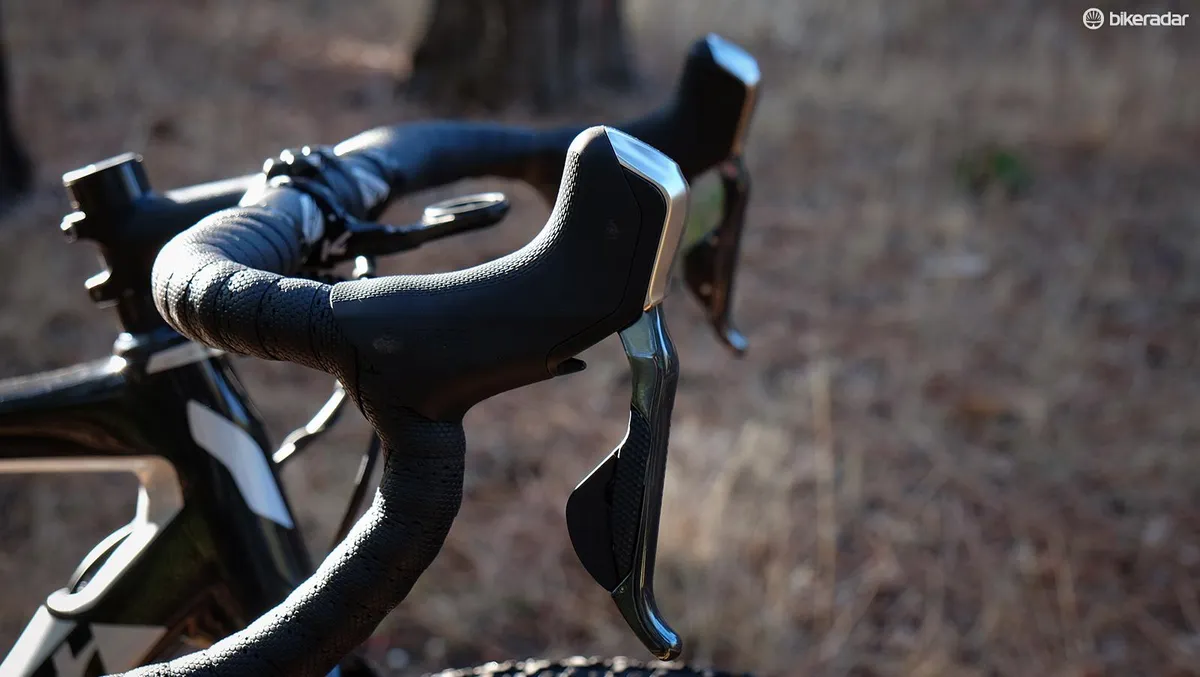
Spot-on stock components and room for improvement in others
The carbon Hatchet frame was comfortable and proved it can take a beating. Another item that proved its worth was the FSA handlebar. It has 12 degrees of flare, which gave me a wider stance and more control in the drops. For me, this angle just feels more natural.
The Shimano Ultegra Di2 drivetrain did its job, mostly. I say mostly because the 11-36t cassette and 50/34t crankset provided all the range I needed for the grinding climbs and fast descents. In this sense, I was very glad I was not on a 1x11 drivetrain such as SRAM’s Force 1 group. However, I would have preferred to have the clutch rear derailleur that's part of SRAM’s 1x road group. I dropped the chain no less than three times while hammering the gravel road descent.
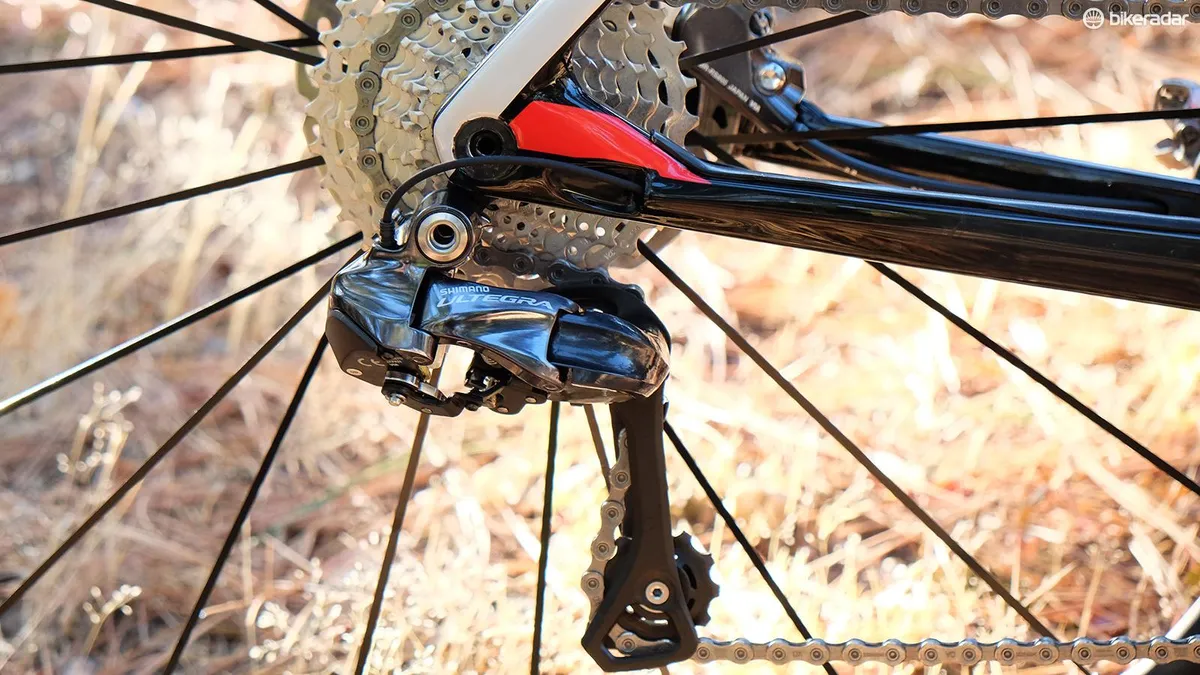
Five lessons I learned at Grinduro
If a rolling party with occasional racing sounds like something you would like to do, here are five lessons I learned that might help you get your Grinduro on.
1. Dropper posts aren’t necessary
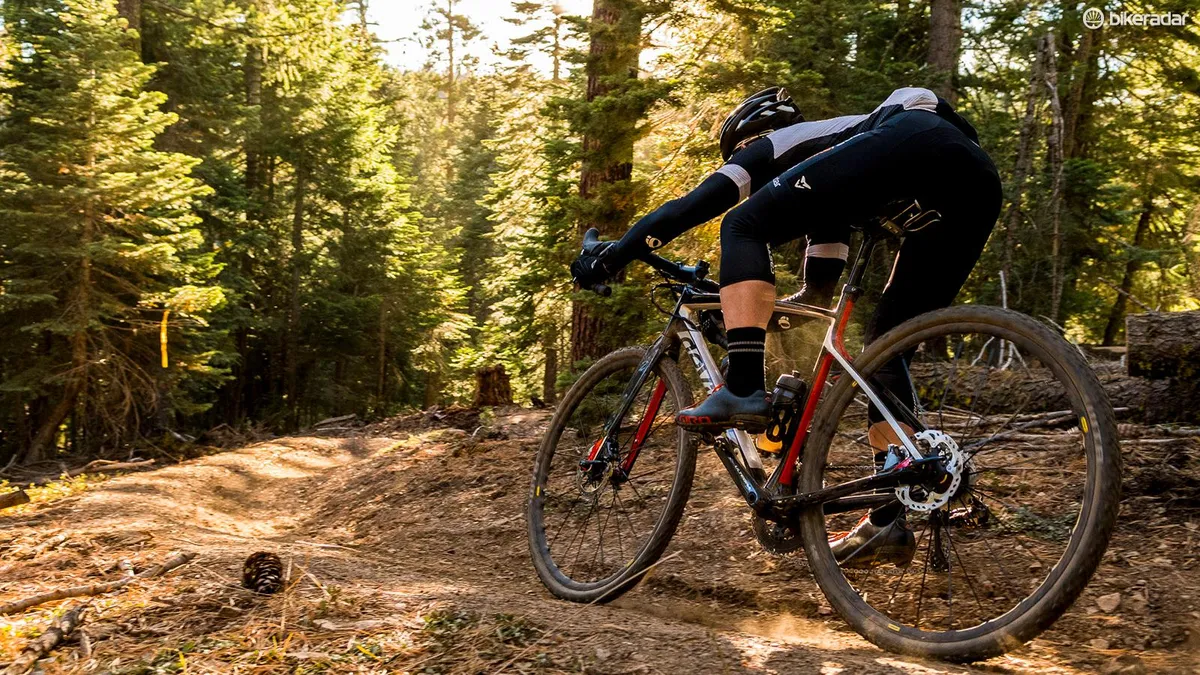
As a mountain biker, I will look for any excuse to run a dropper seatpost, and Grinduro is essentially a gravel bike enduro. I was open to the idea of running a dropper for this event, but after examining the course, I decided that the only stage where it would be advantageous was during the final singletrack descent. That meant that I would be riding a heavier, harsher-riding seatpost for most of the day with no performance benefit.
Since only four sections are timed, there was no penalty for stopping to manually drop the seatpost, which is what I did for the final singletrack stage — simple and effective.
2. Tire choice will seal your fate
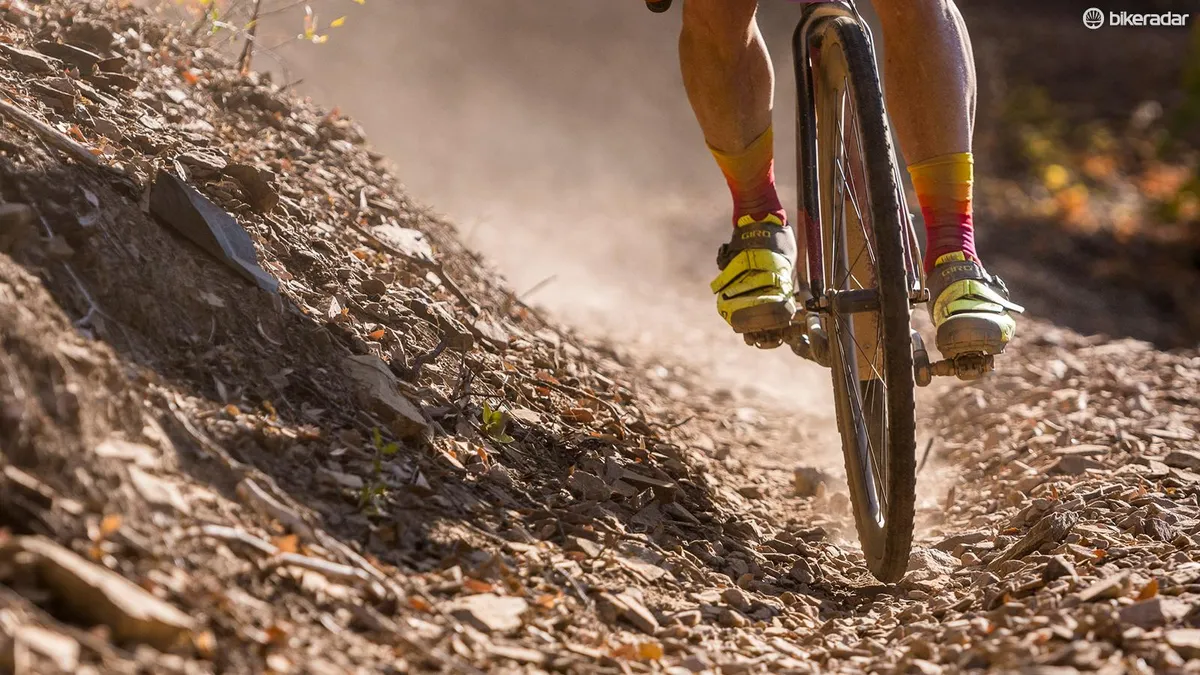
It seemed that the number one question riders were pondering was what tire to run for this event.
If you’re on a cyclocross or gravel bike, the answer is the biggest tire you can fit in your frame. If you’re on a mountain bike, tires that are 1.8-2in wide with fast-rolling tread will serve you well.
Tubeless is a must and despite the amount of climbing you’ll be doing, this is not an event where you should skimp on tire protection.
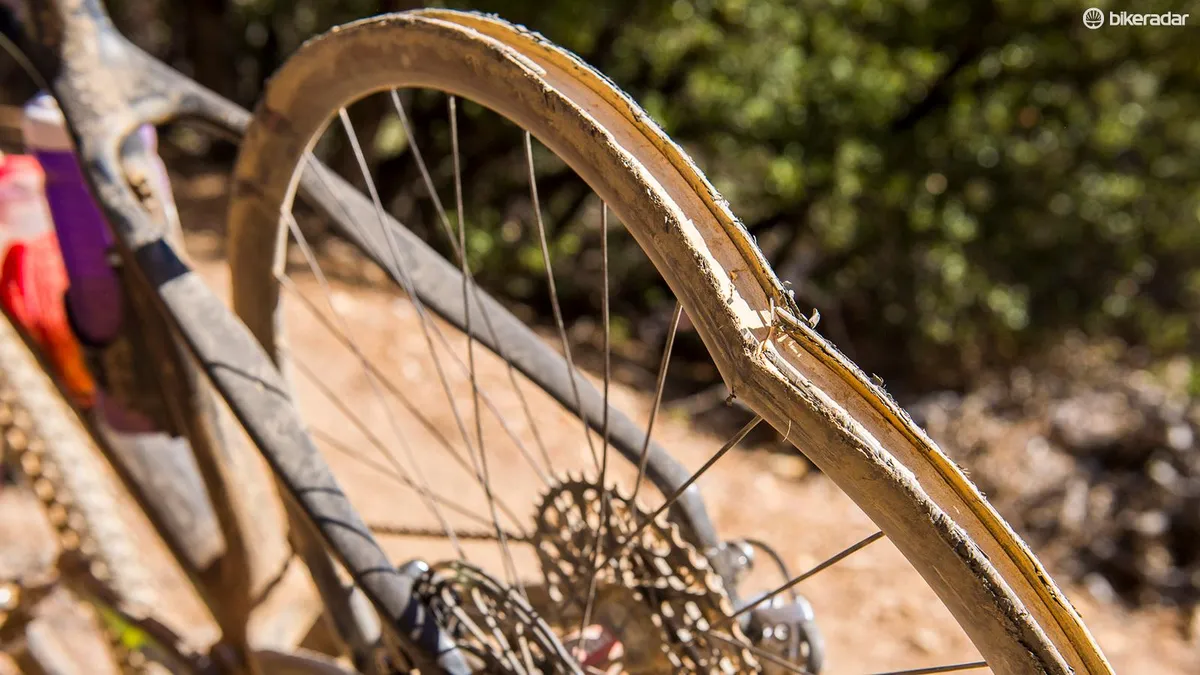
3. Pack light
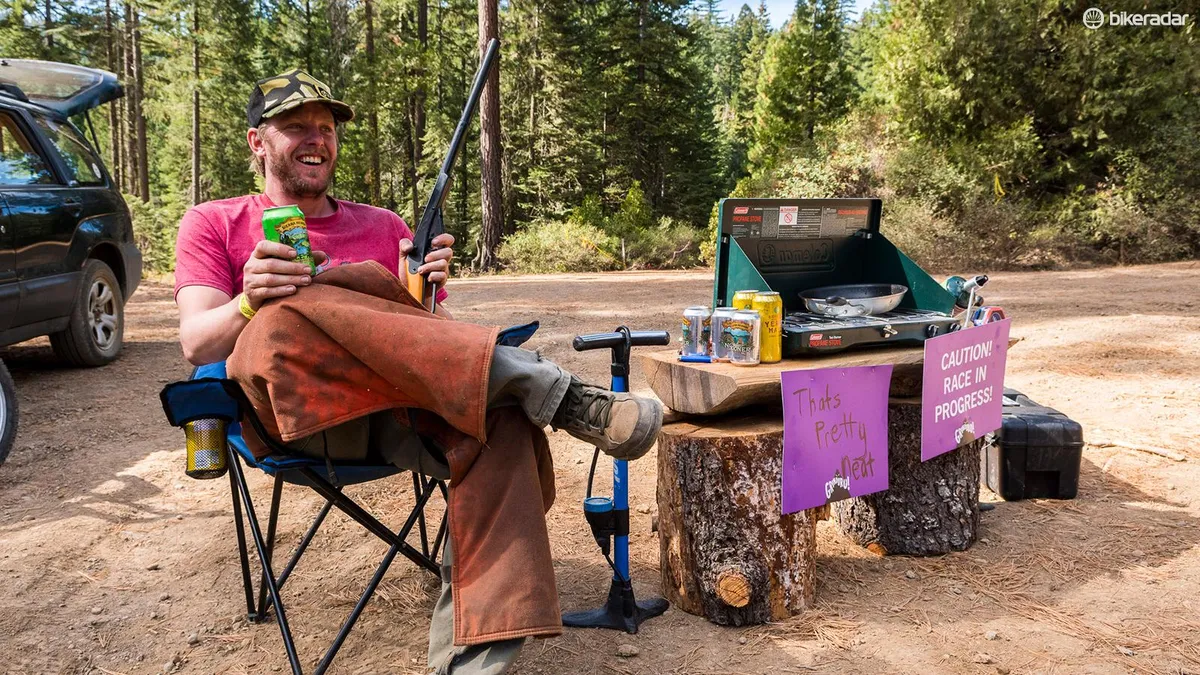
Grinduro is one of the best-supported events I’ve participated in. There are plenty of aid stationed staffed with happy and helpful volunteers to keep you fed and hydrated. There’s also a mid-race pit stop for lunch and beers, so you don’t need to stockpile bars, gels and water bottles like you’re going on an expedition.
That said, don't go too minimalist. You should still bring a packable shell, multi-tool, CO2 and spare tube with you.
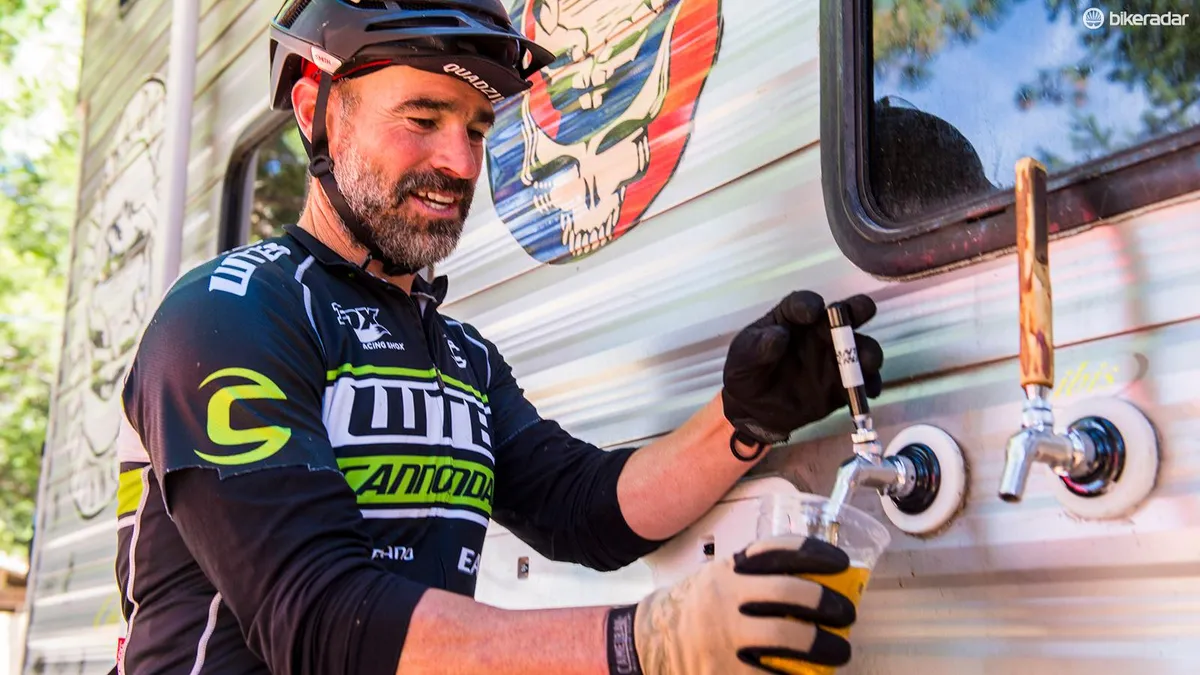
4. Play to your weaknesses, not your strengths
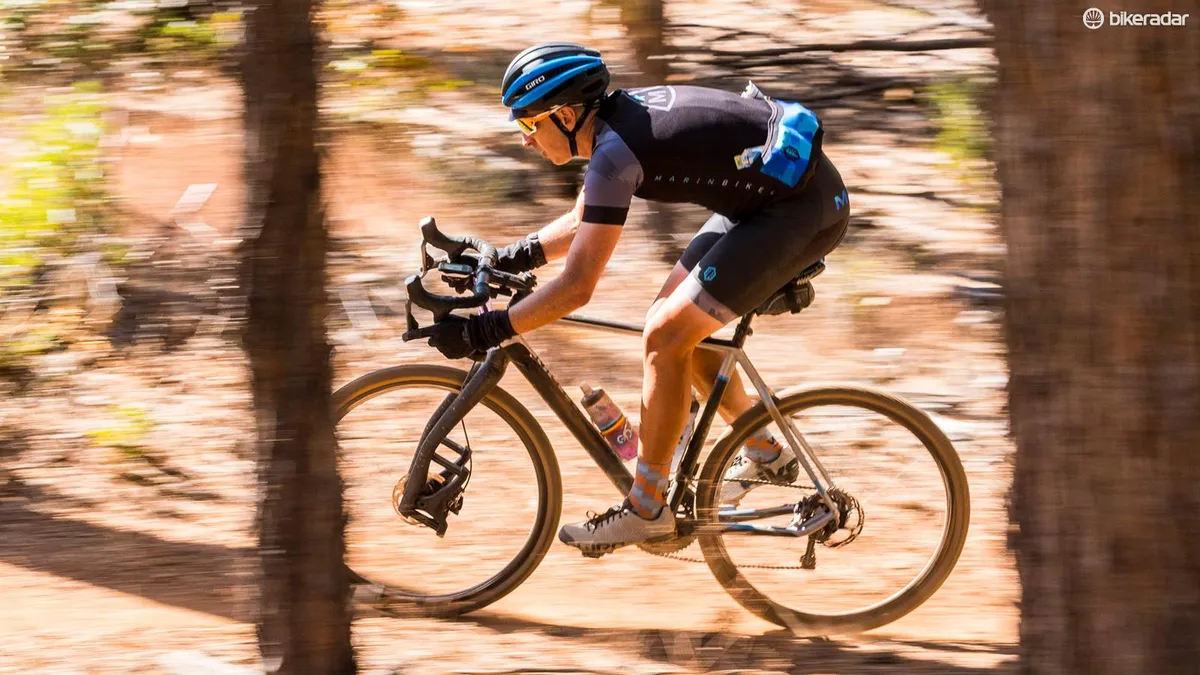
There were more dropbar bikes than mountain bikes at the start line, but even the pros couldn’t agree on what was faster — some chose hardtail 29ers with narrow tires, while others went with cyclocross bikes and fat tires.
In the opinion of this Grinduro racer, if you have both at your disposal, you should play to your weaknesses, not your strengths. Choose the bike that makes the hard parts easier.
If you’re a strong road rider who can hammer the climb and paved road segment, but know you will struggle on the gravel and singletrack descents, then opt for a hardtail.
Conversely, if you’re a skilled descender, but not much of a powerhouse on the road, you might be able to cut your losses by riding a cyclocross or gravel bike.
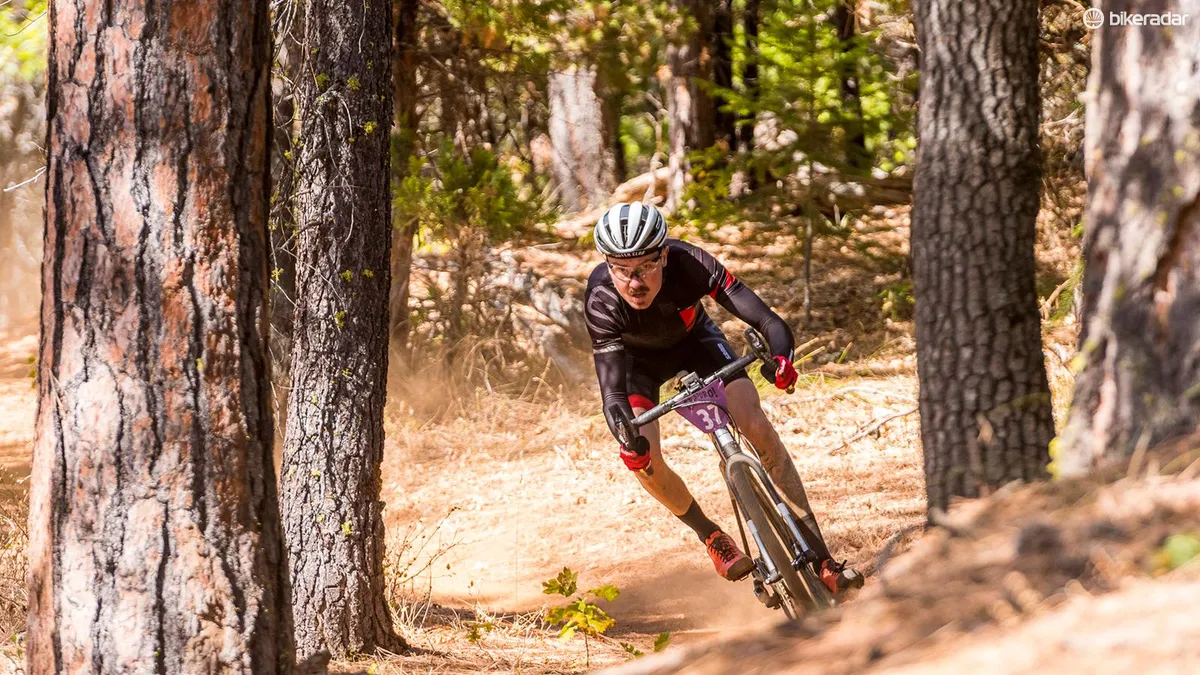
5. Cruise, don’t crush it
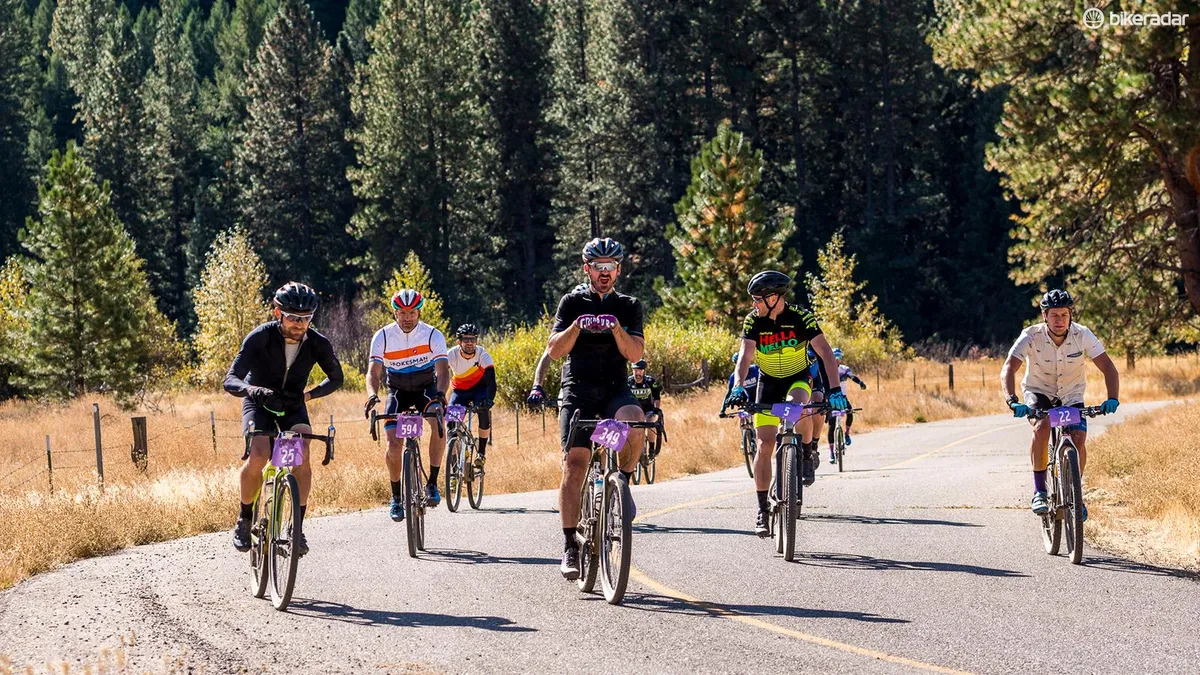
Remember what I kept forgetting: the whole event isn’t a race.
More than 90 percent of your ride time at Grinduro is a rolling party. Take a moment to stop and enjoy the amazing scenery. Above all, get to know the people you’re riding with — it will make the post-race dance party even more enjoyable.
